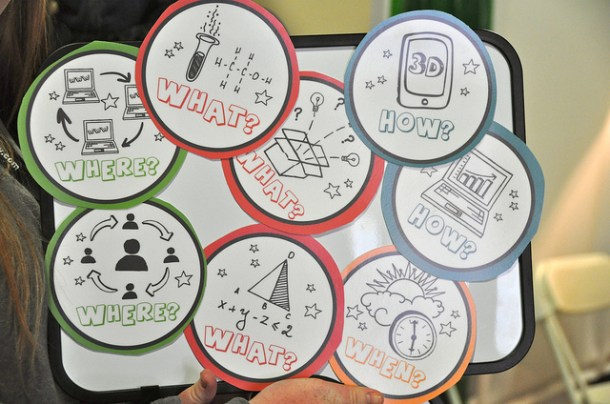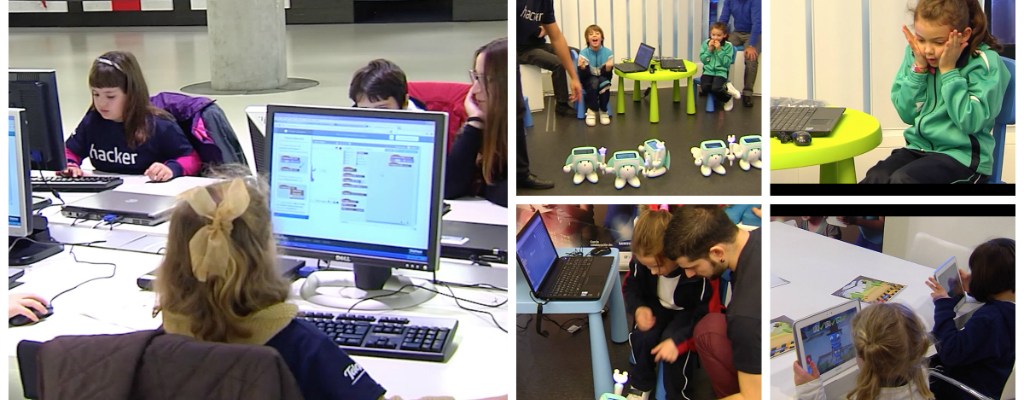As Seymour Papert, the creator of Lego said, "the best learning takes place when the learner takes charge".
In a post some time ago I talked about how a school in England was starting a project for 7-year-old children and how it encouraged the entrepreneurial spirit. Fortunately, I’m also seeing initiatives along these same lines in Spain, and hopefully they’ll become more popular and spread to Spanish schools in general.
From a tile that emits a sound when litter falls on it, or the “car scarecrow” that prevents accidents on the highways, these are just a few of the many ideas that the 10-year-olds at the Valfuentes Elementary School in Madrid have come up with as part of a pilot programme to improve and develop entrepreneurial skills. This initiative is supported by the school with the help of the Créate Foundation.
Even at these young ages, entrepreneurship is being encouraged not only in terms of its creative aspects, but also the process to take these ideas and make them reality, covering the conceptualisation of the ideas, presentation and including simple business plans. And the thing is that we confuse creative and imaginative kids with entrepreneurial kids, and they are not the same. In fact, according to another ground-breaking project in Spain to teach entrepreneurship starting in elementary school, Llaves para educar, there are five areas of entrepreneurial talent that children need to be trained in:
- The ethical/social value of the project.
- Communication, selling the project.
- Teamwork.
- Self-motivation.
- Creativity.

As you can see, these initiatives go much deeper than entrepreneurship itself. The idea is to provide the children with a space where they can develop the different types of intelligence within the standard curricular environment, and not outside of normal school hours, as is the case now when parents who are in tune with these questions fill out their schedules, which are already overloaded, with extra activities and events.
There are different ways to introduce children to the entrepreneurial vision. The Niños Emprendedores programme is based on a contest in which children between the ages of 7 and 16 have to develop their ideas from start to finish. Another option, in a summer-camp format, is Emprende Kids, which provides a natural environment in which kids are provided with what they compare to a “tool belt” – the learning of a series of skills that will be useful regardless of the personal or professional environment in which they move.
Instilling entrepreneurship in children requires a proactive attitude on the part of principals at elementary schools to progressively introduce the methods promoted by these initiatives into the school routine. As parents and educators, we can’t wait for a change in the national legislation to make changes along these lines in any school subjects. While there will be barriers to the implementation, I think that the biggest one is not starting to do it. Strangely enough, it might just be the lack of entrepreneurship that prevents us from trying to train kids in entrepreneurship.
Moving on to the more technological facets, I don’t want to close without touching on the initiatives that are aimed at technology as the foundation for creation and entrepreneurship in children, such as the courses in robotics, augmented reality and programming in the Talentum Schools programme promoted by Telefónica, or the intensive courses at the Innovae Technological Campus, to mention just a few.
Lets hope that in a few years, it won’t make any sense to write about these initiatives because they are totally commonplace.
Image Elemenous







